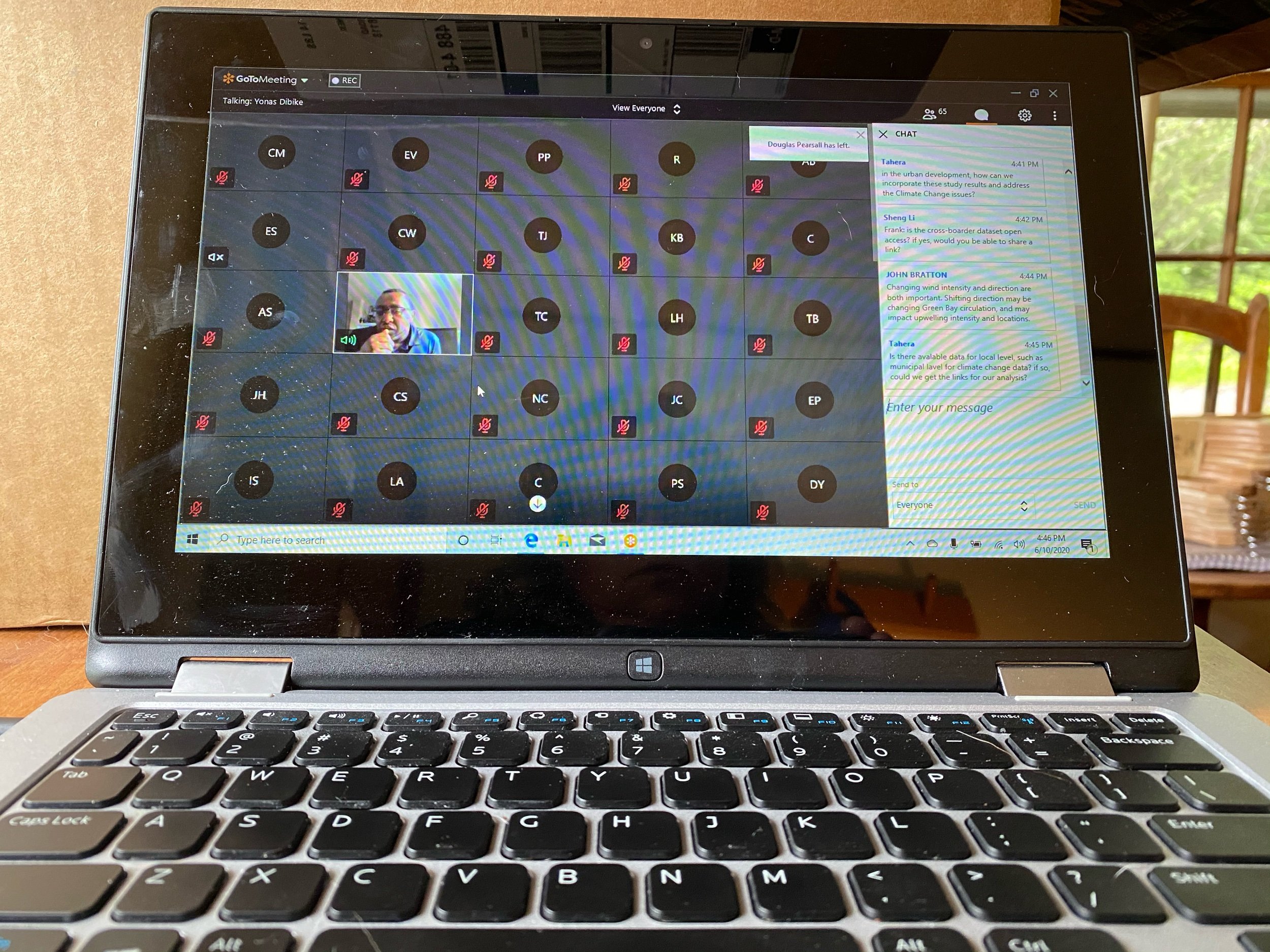Disconnected in a connected world
I often think about the changes the internet has brought to our world in the last four decades. When I was starting my career in the early 1990s, the World Wide Web was in its infancy and most information on the internet was served through a text-only Gopher server, designed at the Univ. of Minnesota (did the name give it away?!). At the time, Gopher and the earliest email programs were slow and tedious but still the coolest things since sliced bread!
Within a few short years, Gopher was almost entirely supplanted by the graphic-centric web and we’ve never looked back. Websites went from ugly text-only monsters to stunning digital creations with photos and slick navigation. The capability to share audio and video online quickly followed. Today, with the rapidly rising evolution of Artificial Intelligence (AI), the online world is being rocked yet again.
So here we are. Most of us have our smart phones and over 60 percent of the world is on the “net” via fiber or a digital subscriber line (DSL), which provides connection over a conventional telephone line.
I love the technology, the ability to stream content and all its perks, but have we missed the point of being connected? We are now linked together in many ways but I, for one, miss the real-life connections that we seem eager to replace. Zooms and FaceTime chats just don’t replace the real connection of being in someone’s presence.
Years ago my parents often spent Sunday afternoons “going visiting,” which meant physically driving to a neighbor’s or cousin’s home, sharing coffee or a meal with them, and talking for what seemed like hours (at least if you were a bored kid in a sea of grown-ups). Today, I’m nostalgic for those visits and feel our culture nowadays is almost the complete opposite. We all sit in our homes, scroll social media sites, and message or FaceTime with friends and family who might live nearby.
So in this 23rd year of the 21st century, let’s not allow technology to swallow any more of life’s real connections and experiences. Go outside. Take a walk. Greet your neighbors. Take in the world but not with a screen in your face. That’s how we will really connect.




